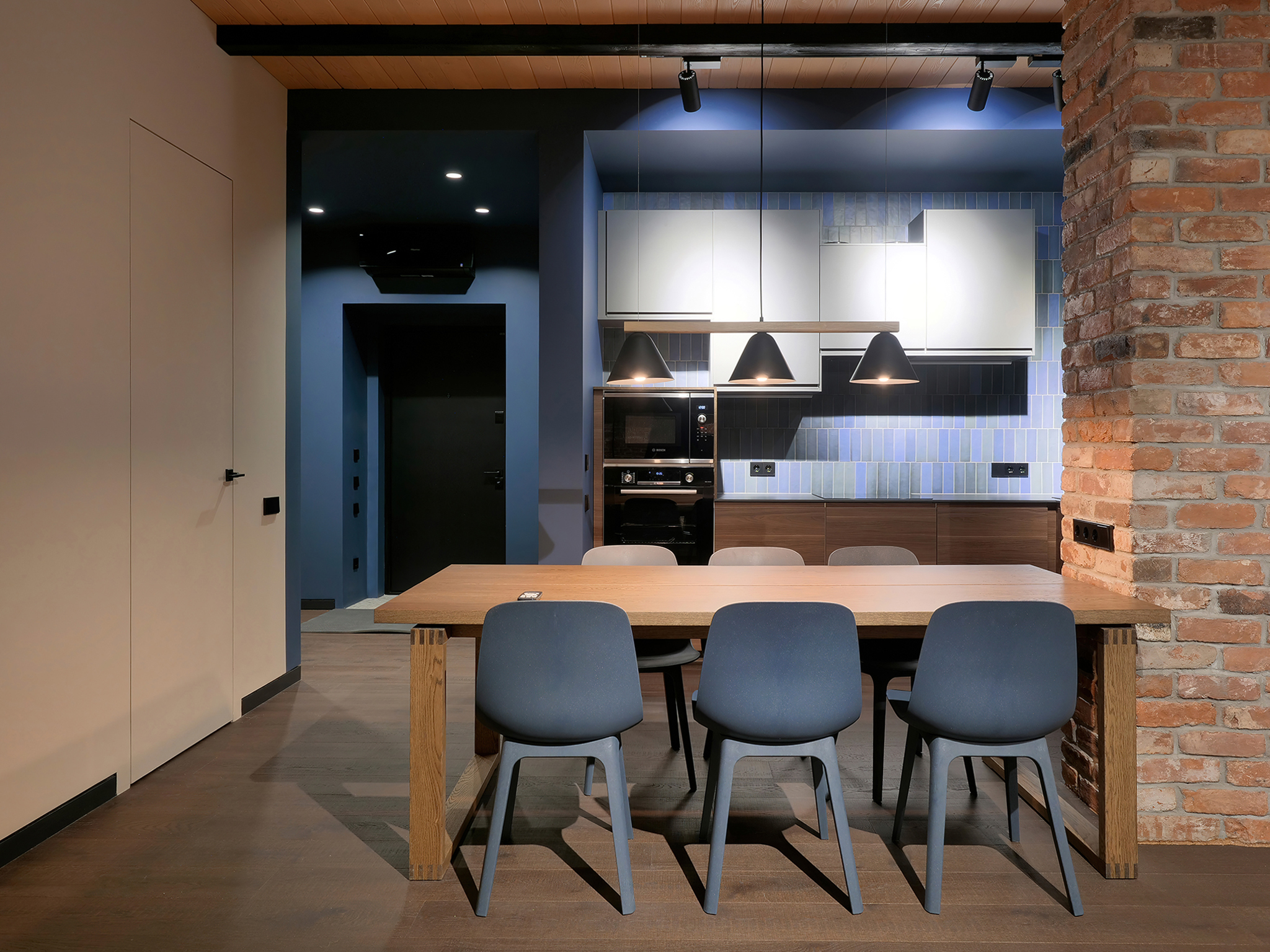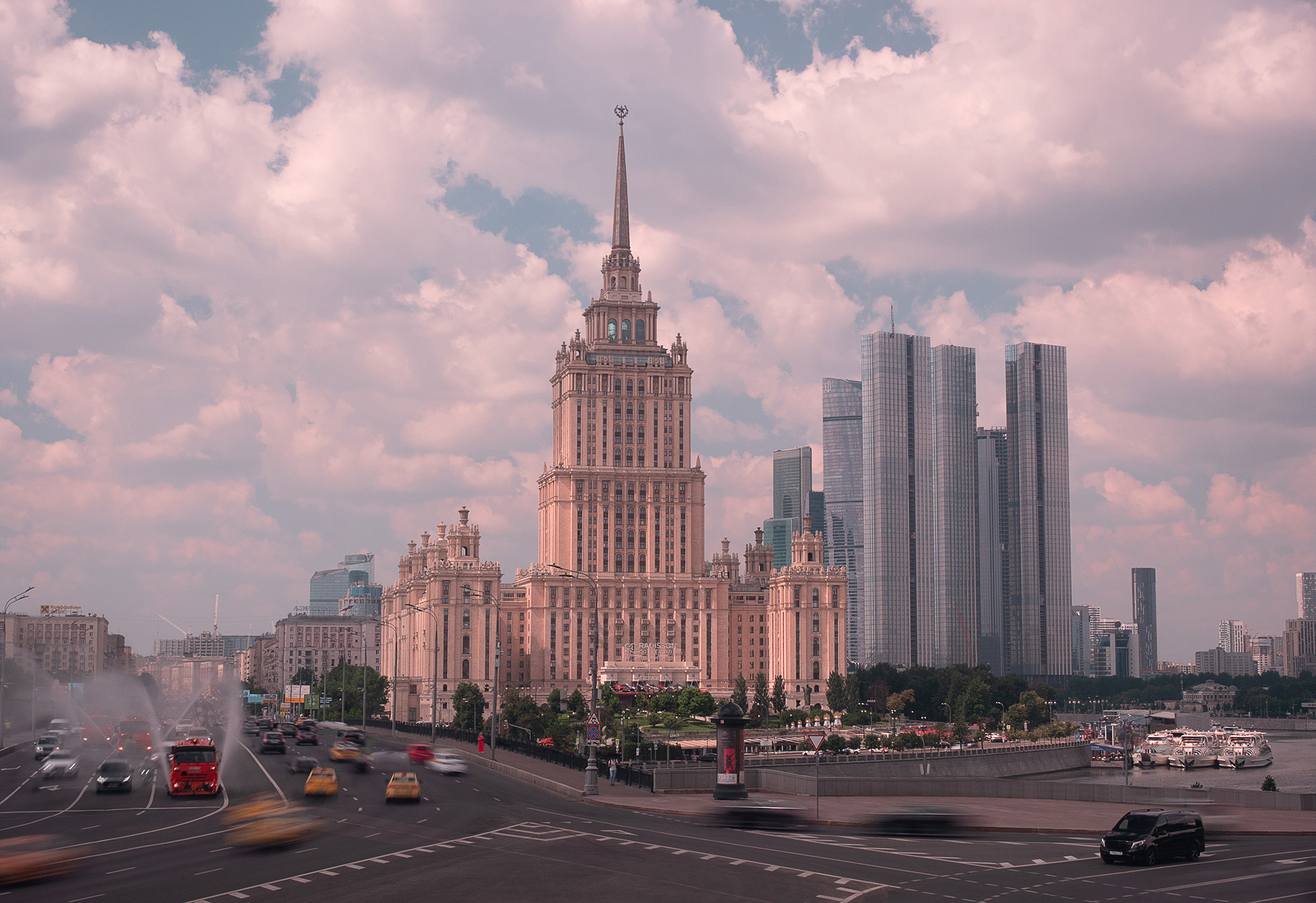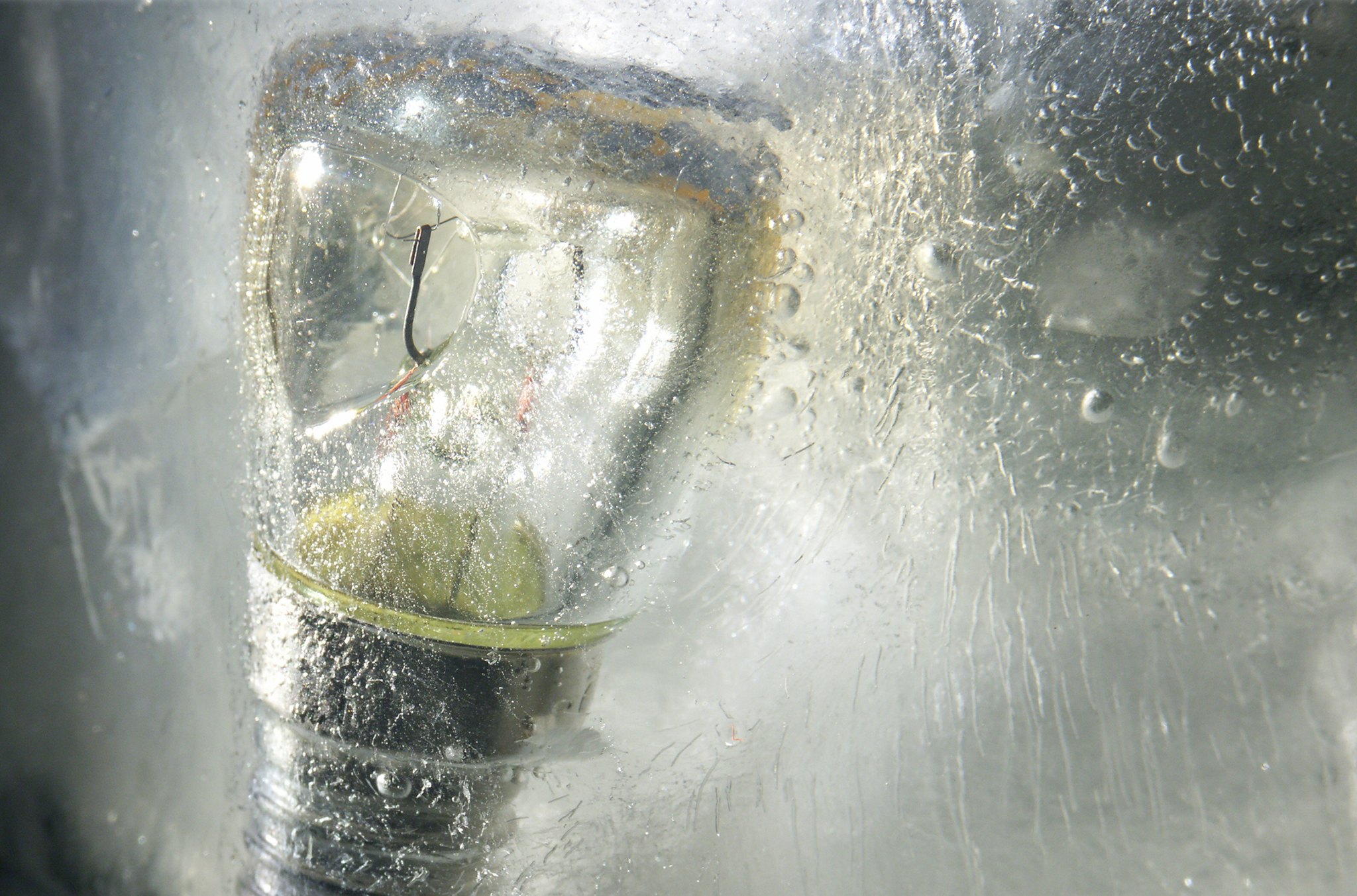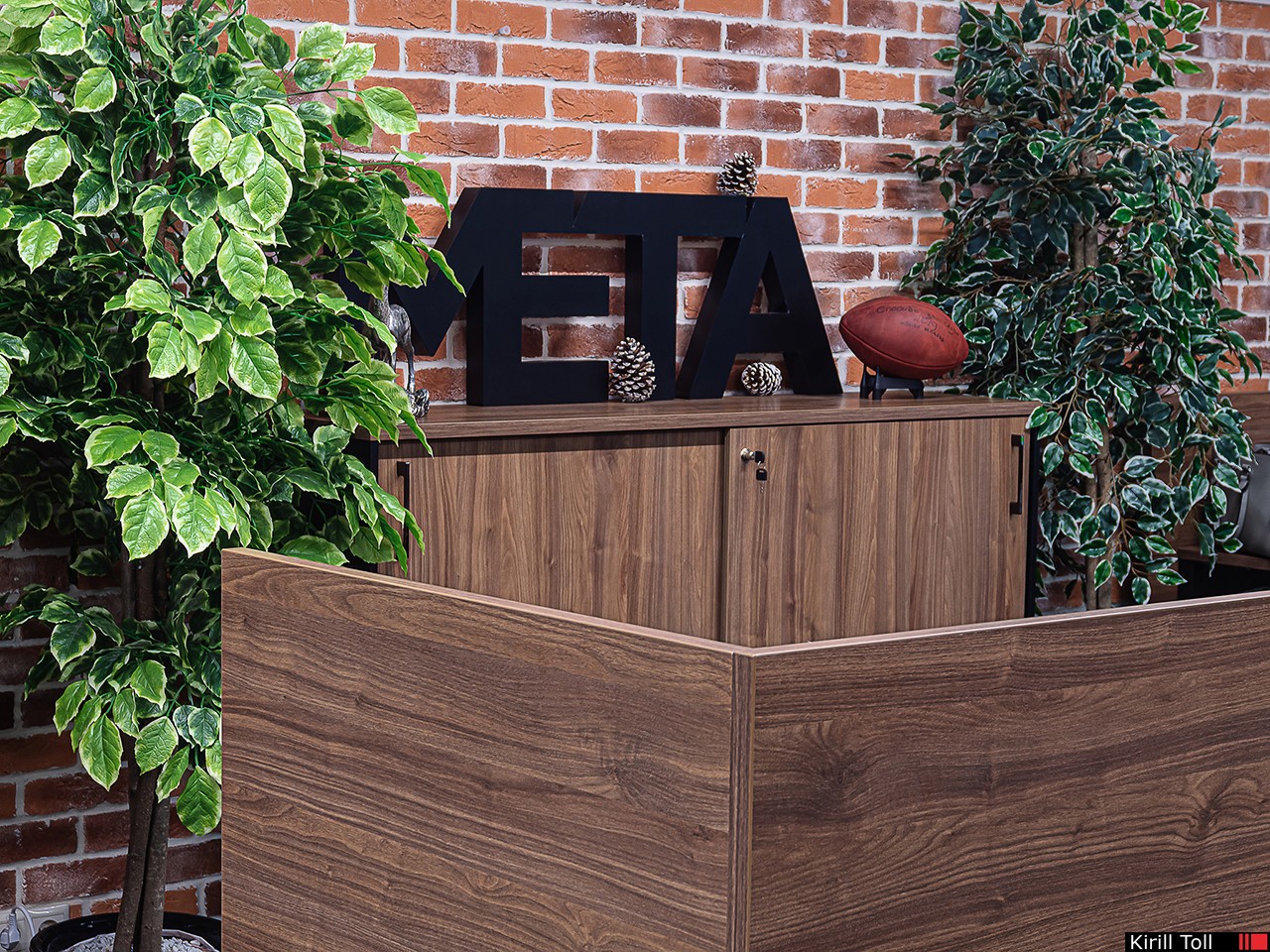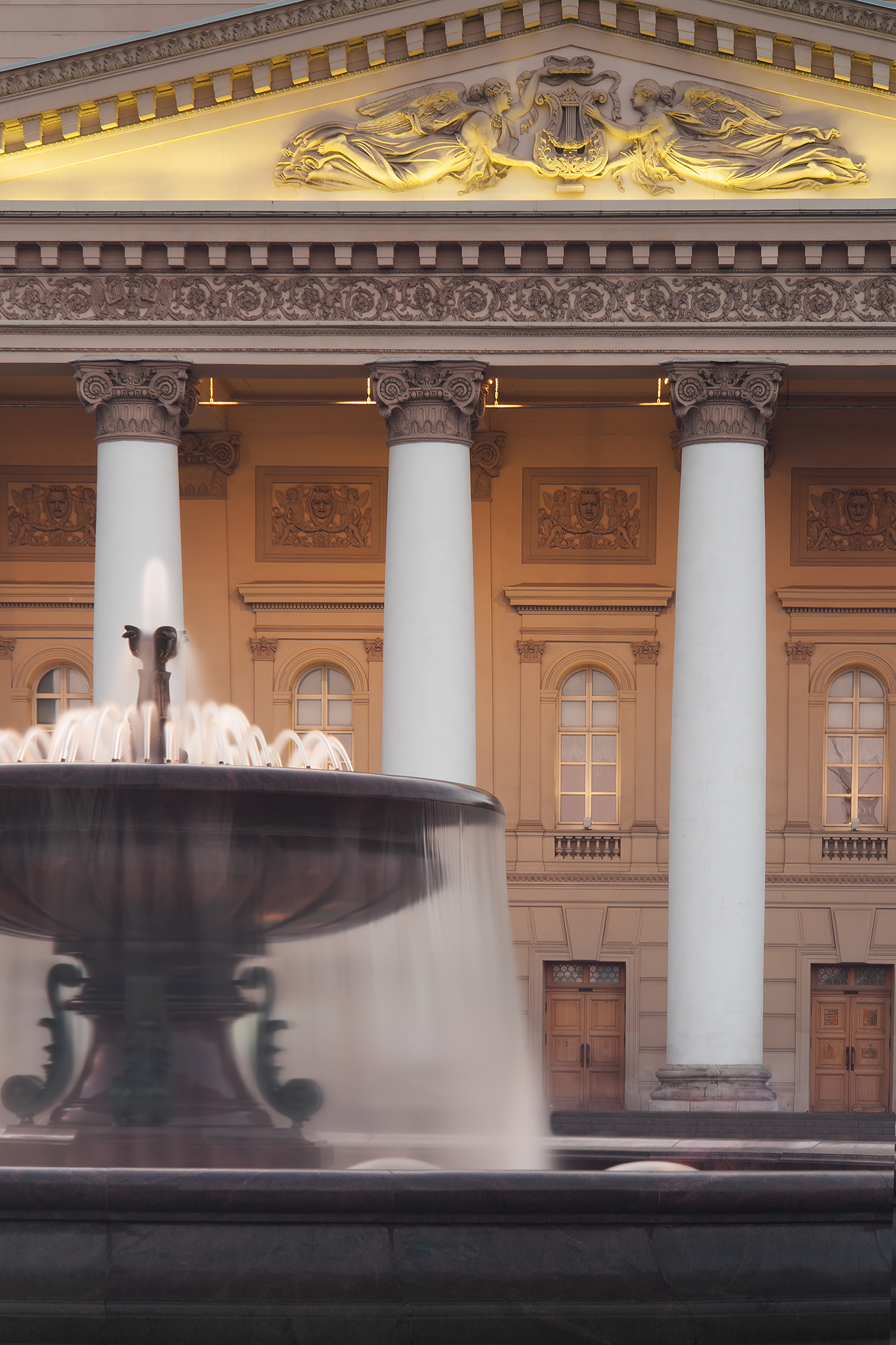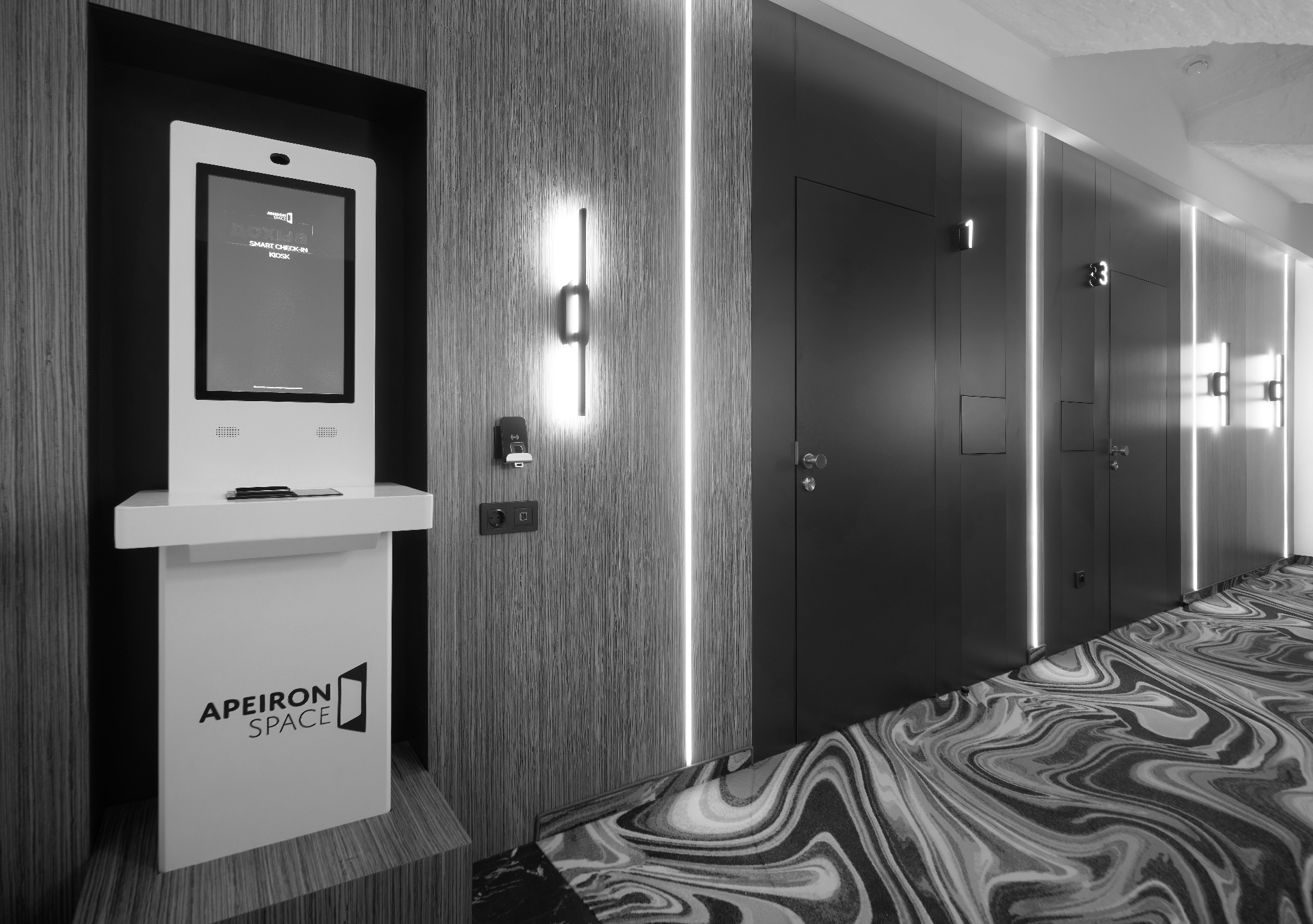О профессиональности в фотографическом искусстве + кейсы ⬎
Создавая фотографии, я стремлюсь к превосходному качеству. На практике это означает постоянную самокритику и погружение в процесс. Мне интересно обсуждать и решать вопросы профессионального характера. Кроме проведения фотосессий, я даю консультации и помогаю реализовать съемочные проекты Заказчикам, находящимся в других странах. И эти процессы дарят мне творческие силы и радость.
АРХИТЕКТУРА ИНТЕРЬЕРЫ ПРЕДМЕТЫ ПОРТРЕТ РЕПОРТАЖ
ПРОФЕССИОНАЛЬНАЯ ФОТОСЪЕМКА и ее особенности в России
Многие фотографы-любители имеют вдохновляющие творческие идеи, некоторые навыки и аппаратуру. Но все эти составляющие создают профессиональный результат только через каждодневный опыт, который есть у меня. Длительный съемочный труд учит выявлять и отслеживать узловые аспекты проекта одновременно и вести съемочный процесс к нужному результату.
Взгляд изнутри на смысл найма профессионального фотографа
В моем деле существует уникальная проблема: никто не понимает (или не хочет понимать), что такое «эксперт» и когда он нужен. Большинство фотографов и зрителей, а также общественность в целом, воспринимают этот термин как «человек, который зарабатывает деньги фотографией».
Я не буду оспаривать эту мантру, но давайте немного отвлечемся от фотографии и подумаем, что мы вкладываем в слово «профессионал» в любом другом виде деятельности. Это многое раскроет.
Когда я слышу это “п”-понятие, я думаю о компетентном и надежном человеке. Не имеет значения, что это за профессия, какой бы сложной или требовательной она ни была с точки зрения пирамиды человеческих ценностей. Например, можно быть искусным каменщиком или посредственным генетиком. И при этом каждый может быть или не быть ответственным человеком.
Давайте перейдем к теме фотографии. Кто считается профессиональным фотографом? Исключим тех, кто делает снимки для себя, а затем выставляет их на продажу; они не имеют отношения к нашему обсуждению. Давайте сосредоточимся на тех, кто работает с клиентами.
Первая часть успеха: отсутствие случайных фотографий в профессиональном портфолио является обязательным условием. Да, эту простую концепцию многие фотографы упускают из виду. Поясню. Фотограф может представить множество замечательных фотографий, но важно, как они появились. Портфолио должно показывать это ясно.
Вторая часть успеха: коммуникабельность, организационные моменты. Профессионал должен обладать способностью помочь клиенту родить ясное ТЗ и набора желаний. Это довольно сложный навык.
Кроме того, фотограф должен иметь мужество отказаться от задания, если оно не возможно в реализации или Заказчик вызывает какие-либо сомнения. Отказ от заказа — это еще одна форма умения избежать проблем.
Получив техзадание, фотограф составляет план съемок и бриф, юридическую документацию и т.п. Именно фотограф отвечает за организацию съемки, если только заказчик не взял на себя эту роль. В таких отношениях между заказчиком и исполнителем именно исполнитель должен использовать свой опыт и предусмотреть любые вопросы до начала съемок.
Итого. В магазине продают технику, но не навыки пользования и решения реальных ситуаций. Это приходит постепенно. Там, где не нужен опыт профессионала, достаточно арендовать оборудование и “руки”. Такие работы далеки от понятия “профессия”.
Делая заказ на профессиональную съемку, Клиент покупает не оборудование (его можно взять в аренду), клиент покупает опыт и репутацию. Два этих волшебных компонента складываются из работ, биографии фотографа и списка Заказчиков.
Фотостудия “DD”. Москва, ул. Новорязанская, 30А
+7 (915)-381-82-87; pechatnik@mail.ru
с 10-00 до 21-00 ( Мск )
⬐ Все виды прайса Статьи о проф.съемке ⬎
АРХИТЕКТУРА ИНТЕРЬЕРЫ ПРЕДМЕТЫ ПОРТРЕТ РЕПОРТАЖ
Блог "О ПРОФЕССИОНАЛЬНОЙ ФОТОГРАФИИ". © Толль К.Е. 2023








